Have you ever experienced the frustration of having to stop exercising because of a niggling pain in your knees? Shane our newest Remedial Massage therapist took a bit of time to explain a condition that our massage therapists see in the clinic quite often called “Runner’s Knee.” What is it and what causes it?'Runner's Knee' is a term that can describe a variety of issues of the knee. It's not specific to running but, to any activity that requires repetitive knee bending. It's given the term runner's knee because of how common it s seen in runners. The main causes are related to running
The most common symptom is pain around, behind, or in front of the knee that worsens when running, walking up or down stairs or inclined surfaces, squatting or standing up from a seated position. When people come in to get a massage and we assess their knee we sometimes see swelling and can hear cracking when we asked to do exercises such as squats or general range of movement testing. What Can You Do?Understanding One of the key components to any condition is working out what is going on in the first place to cause the discomfort.
Assessment As Remedial Massage Therapists at Just Knead It we approach the treatment of runners systematically by doing a thorough assessment of your range of motion in your lower back, hips, knees and ankles. This allows us to gain understanding of what could be causing/ contributing to your knee pain. Some quick tests that you could do at home:
These are all contributing factors that could be causing your discomfort. Actions to take to help!1. Address any swelling
2. Release
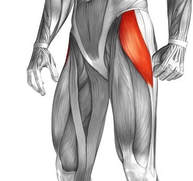
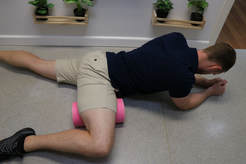
3. Activate
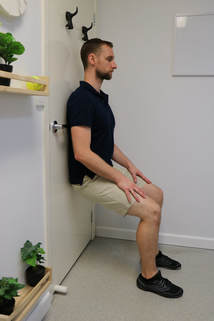
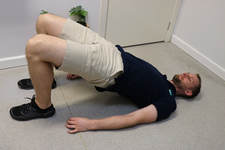
4. Integrate:
Summary:Attend to inflammation, do not overtrain by doing the same thing like running every day, cross train by doing complimentary exercises like gym training and mobility work, and maintain your body by resting adequately, doing stretching and self-massaging, as well as getting regular remedial massage treatments (depending on your pain and activity frequency). by Shane Asmussen
|
AuthorKat Murray, Archives
May 2024
Categories
All
|
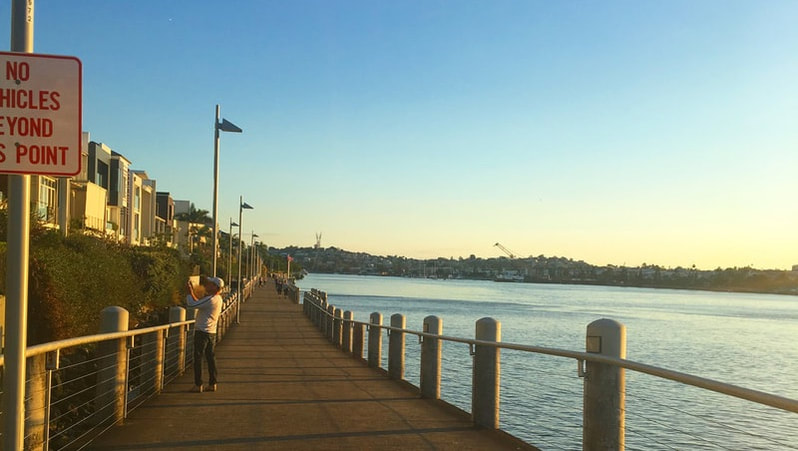
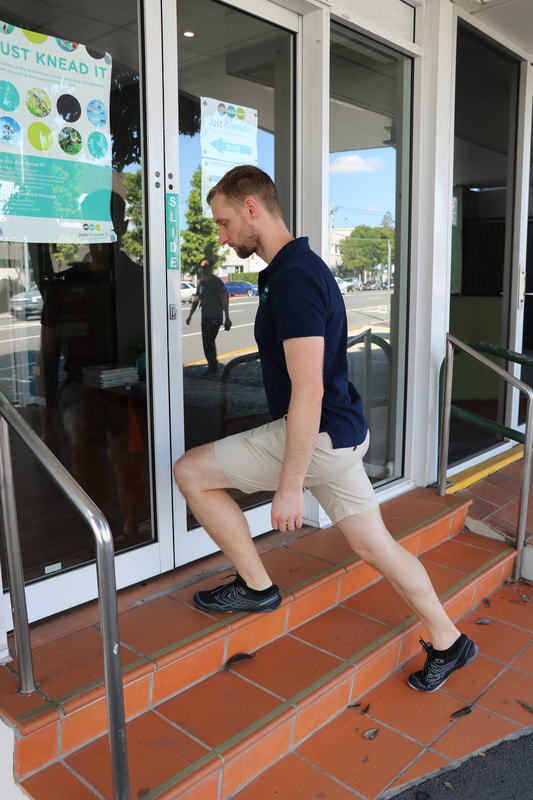

 RSS Feed
RSS Feed